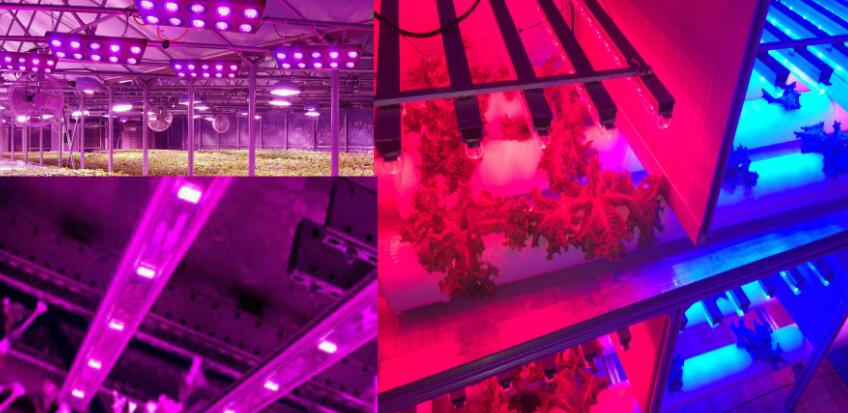The competition in the global lighting market is becoming fiercer and fiercer. The horticultural lighting industry may be a new opportunity for the LED lighting industry. Using LED technology to develop high value-added products will gain more profit. Of course, veteran LED makers still face competition from new entrants, mostly start-ups and small and medium-sized businesses, who are struggling to snatch their market share in this market of growth opportunities.

Until the fourth quarter of 2017, the market for the LED horticultural lighting industry is still small, with fewer than 50 vendors offering LED lighting specifically for the market.
Focusing on the future, the development of horticultural lighting industry is closely linked with the market dynamics. In fact, the marketing and communication of major industry players mainly focus on two main applications:
1, the cultivation of medical crops, is currently the main market drivers;
2, vegetable cultivation, growing “low-end / volume of large-scale products.”
Some established mature lighting system manufacturers may not be involved in the first application (at least not involved in the public) to protect the brand image. This opens up new opportunities for many new entrants to quickly reap revenue and enhance their expertise and experience in the horticultural lighting market.
At the device level, most LED manufacturers tend to adopt “technology-driven strategies” to quickly provide horticultural lighting solutions and related marketing tools using their traditional LED product lines, such as UV, visible and near infrared (LEDs) Such as a dedicated data table, etc.). In the future, with the in-depth study of the impact of LED lighting on crop growth, these vendors will begin to provide solutions specifically for horticultural lighting (eg, carefully modulated wavelengths, multiple wavelength combinations, etc.).
At present, the missing part of the industrial chain is mainly in the module level. There is no real module-level supplier in the horticultural LED lighting industry in 2017, so the market is still an emerging market with a young industry and a lack of relevant Standards and regulations. In this context, lighting system manufacturers are designing their own LED lighting modules with specific wavelength combinations / solutions.
Some vendors are positioning themselves as solution providers, offering not only lighting systems but also global solutions with integrated sensors (humidity, oxygen content, etc.) as well as data management software. The goal of these smart lighting systems is to further increase the production of greenhouses and urban farms.
